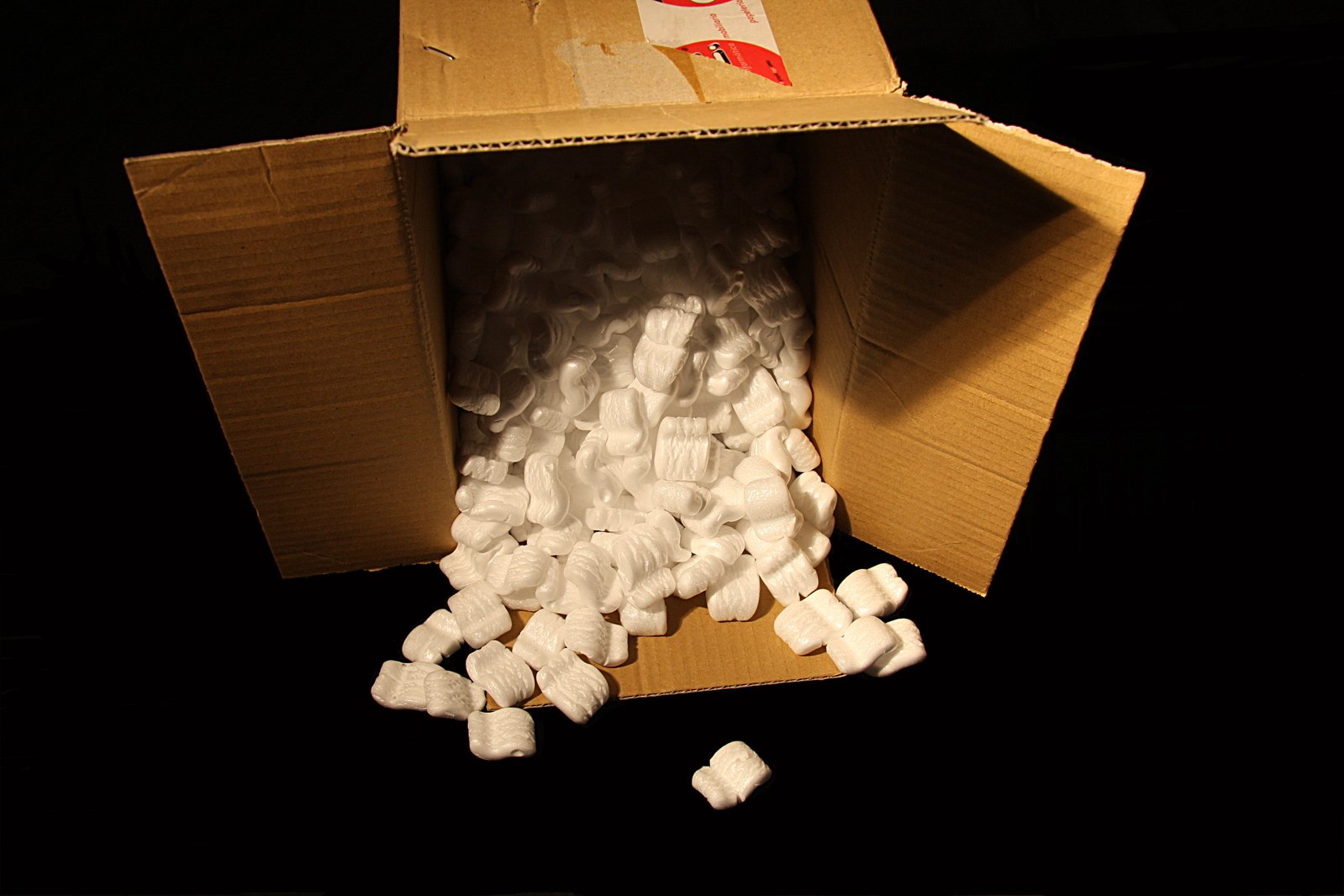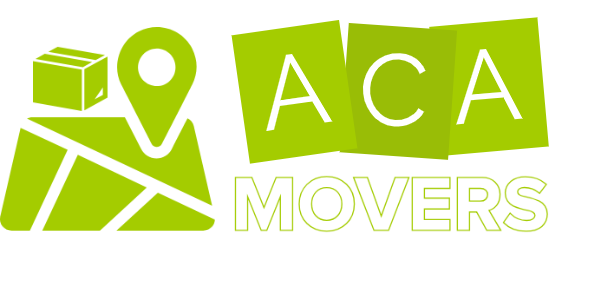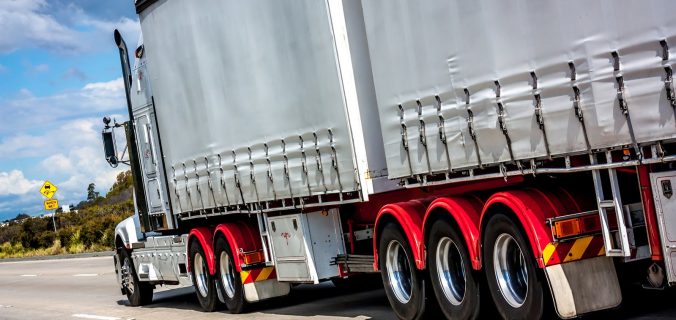Preparing for a long-distance move is a daunting task. From finding your new home to scheduling movers, you can find yourself completely overwhelmed.
When it is time to pack, here are a few ideas to make this transition a bit easier.
Less is More
This is the time to go through your belongings and ask yourself with every item, is it worth paying to move this. Old toys and rarely used, small kitchen appliances are the types of things to consider when asking this question. You can often donate these items and get a tax deduction in the process.

Organization
Start an inventory list on a clipboard or notebook. This will help you know what box goes in which room when you arrive at your destination. It will also help to know if any boxes are missing and what is in them if you need to make an insurance claim.
Other items to have on hand:
- Zip-top bags, a permanent marker and some sticky notes to label and organize small items.
- Boxes in a variety of sizes.
- Heavy-duty packing tape
- Clear tape to secure items and attach labels.
Break Away
Bubble wrap and newspaper are good ways to cushion breakables, but you can also use clothes, towels or bedding. You are going to pack and move them anyway, so why not use them to pad your breakables?
Use a little bubble wrap, then wrap with a towel or clothing for additional padding. Be sure to label your boxes that contain fragile items boldly. Many moving companies will also add their fragile stickers.
Do’s and Don’ts
Clearly label the outside of every box with your name and contact information. Mistakes happen, and rarely boxes can get separated. Also, number each box and put its number and general item list on your inventory.
Place the fasteners from disassembled furniture in a zip-top bag and tape them to the largest piece. This will make for easier reassembly on arrival. Use small boxes for heavy items, like books, and fill larger boxes with lighter items.
Don’t pack liquids. No matter how secure, altitude changes can make containers leak. Don’t overstuff the boxes; the flaps should close easily and be taped securely.
Open This First
Traveling is exhausting. When you get to your new home, and all the boxes are unloaded, you need one, go to bed with the bare necessities. In this box, you should have the things you might need on the first day in the new place. Label the box clearly so that you can find it easily. Some items you might need:
- Toilet paper
- Hygiene items
- Eating utensils
- A skillet
- Basic bedding items.
- Basic tools for furniture assembly

Having these items in one place, you can eat and get some rest for the big unpacking job ahead.

